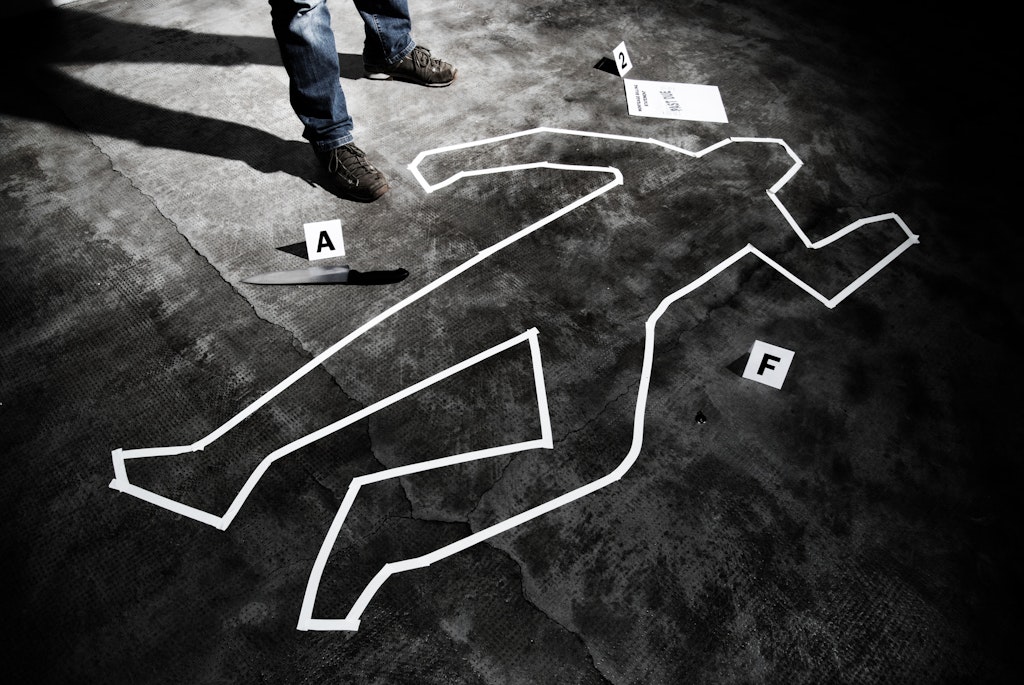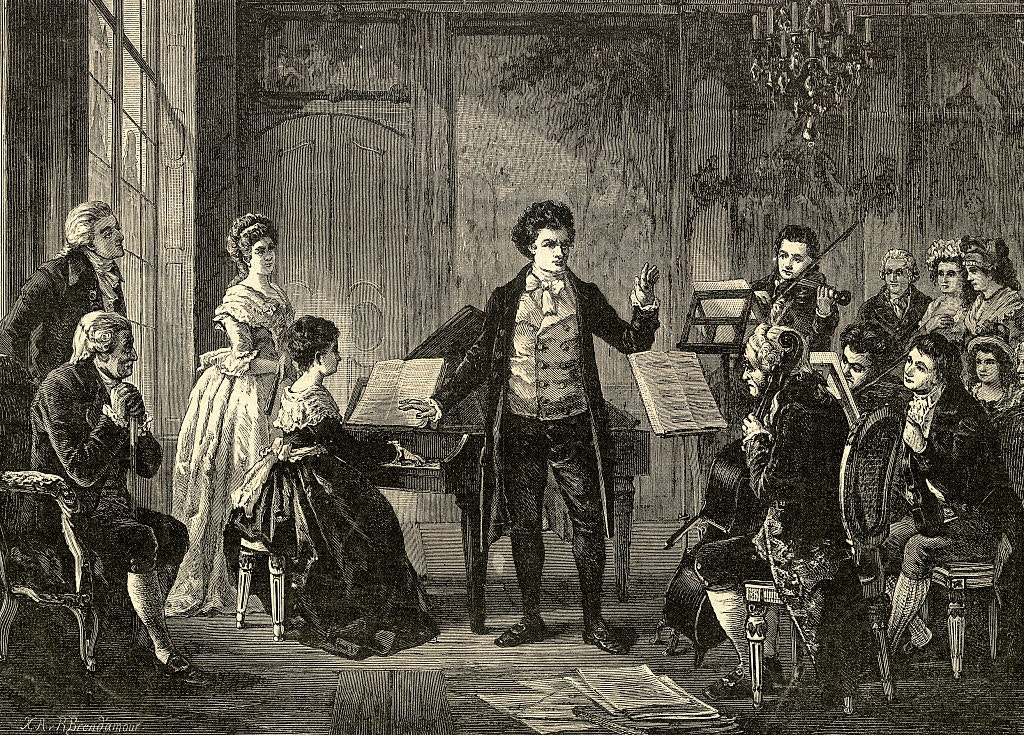Murder stories for December days
Jeremy Black makes his way through the British Library’s Crime Classics collection
Like clotted cream and jam on the scone – a vexed topic in the South-West – do you read the introduction before or after? Is there a rule for reviewers? Maybe the Introduction should appear as a postscript. Before means you get background introduction, but there can be more reveal than you like. I started with before, but have long switched to the after.
Not knowing is the great reason to read. I had read a couple of her short stories, but never one of Doris Bell Collier’s full-lengths. Writing under the pseudonym Josephine Bell, Collier (1897-1987) was a doctor who practised for a while in Greenwich, and her work in this riverside area is the basis for The Port of London Murders.

Straight off, this is excellent, and, as I like to flatter myself that I am moderately well-read and certainly so in this literature, I am cross with myself for not knowing her work. Aside from magazine pieces, short stories and radio plays, she launched 45 detective stories and 19 other novels. Her key detective, David Wintringham, is a hospital doctor, who appears from 1937 to 1958 in twelve of the detective novels, the other detective novels following from 1938 to 1983. In 1959-60, Collier succeeded Julian Symons, becoming fourth chair of the Crime Writers’ Association, which she had helped to found in 1953.
This is not “Golden Age” by a mile. We are a world from country house settings, and, instead, in chapter two, are thrust into “the grime and squalor and ugliness.” Indeed, we have poverty aplenty, as well as terrible housing, and a world of continual shifts and expedients. Sickness is to the fore. That might sound grim, and it is, but Bell/Collier offers in many respects more than George Orwell: she is not visiting her sites and sights of poverty for a while; she lives them, and presents the humanity and individuality, comedy and tragedy, that are there. Her quickly but finely etched characters interact with scant sentiment, and you can see her as the doctor all-too-aware of foibles, selfishness and charming energy, notably the irrepressible character of the young, such as Violet. Unlike Dickens, Collier/Bell can write about young and old alike without sentimentality.
There is also humour, notably, as with Kate Nickleby’s exposure to the foibles of the clothes trade, with June Harvey, the heroine, working in an upmarket lingerie shop. Here and elsewhere, there is a wonderful facetiousness sometimes at play as also with the description of the sickly and malicious Mrs Bowerman. The criminality is handled well: there is an appropriate mix of puzzle and menace; while, as with Conan Doyle, but more convincingly in all respects, notably the details of the administration, there is a finely-worked medical background and foreground; and the book is a real page-turner. We need more of her books brought back into print.
Of course, in real life, German bombers and rockets would have killed most of the characters, while the communities would then have been shattered by postwar planning.

Death Has Deep Roots is a very different page-turner, as much of the book is set during a murder trial in court. Gilbert (1912-2006), a solicitor who was captured in Italy in 1943 before escaping successfully, published from 1947 to 1999 across a range of crime genres, writing his stories in part on his commute by train, a nicely Trollopian touch. Death Has Deep Roots brings together the varied interests and commitments, notably the law and the war, of Gilbert, whose excellent work has already appeared in the series in the shape of Smallbone Deceased and Death in Captivity. Aside from a really good puzzle, there is the skilful interweaving of a number of narratives, and the accompanying scatter of clues, notably those in France, Wiltshire, and court. A triumph.
Lost Gallows is less successful. Carr was a brilliant puzzlist, but this is far less successful than It Walks By Night (1930), which similarly has Henri Bencolin as the detective, even though it is better than the horribly over-written Castle Skull (1931): both of these appear in the series. The Lost Gallows does not work. The setting is poor, no London club being like the Brimstone, and the Jack Ketch character is improbable. Carr has Bencolin say: “By the use of the word ‘improbable’ we try to scare away writers from any dangerous use of their imaginations,” but the truth is that the real danger here is to the patience of the reader.

Much of the padding, for example the Egyptian curios, is of scant interest; and the reveal is of little surprise: indeed there is another explanation, which Carr does not pursue, identifying the killer. Possibly he was just unsure which to go with. The only surprise is that of the supposed energy of the murderer. There are easier ways to rush round London kidnapping and killing, and the timings are absurd. The gibbet is ridiculous. If you want to strangle use your hands, although nice Mr Hancock has not issued guidelines for murderers and vampires: I assume the lack of distance can be offset by attacking from behind. Returning to the novel, we know that the killer has strangler’s hands, but, if not, is operating at a height, so the belt round the neck and out the window would work. It is credibility not necks that are stretched.
I am pages off the end of John Rhode’s The House on Tollard Ridge (1929), which is not in the series. To me, it is more a how than a who dunnit; and this is not one of the best, but the characterisation is interesting, not least his attempt to get inside the head of Kitty. Dr Priestley and Harold are, as ever, ridiculous, but the plot moves along.
Fortunately, we can all cheer up with yet another deft collection of short stories assembled by the ever-perspicacious Martin Edwards. Short enough that those which impede with their lack of engagement fall victim swiftly to the turning page, and plenty here to cheer the most misanthropic prospect of a murderous Christmas.
Enjoying The Critic online? It's even better in print
Try five issues of Britain’s newest magazine for £10
Subscribe














